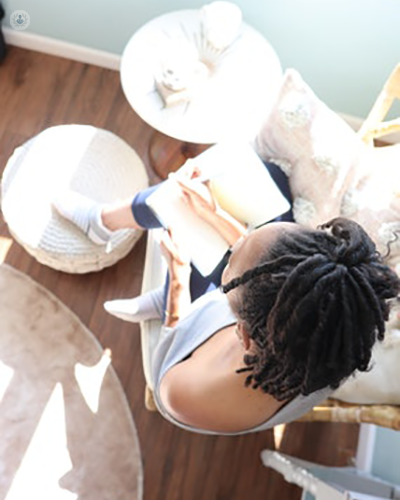Empowering women to live well: Treating the aftereffects of childbirth
Autore:Vaginal relaxation, a weakening of the vagina’s muscles resulting in a loosening of the vaginal canal, can give women symptoms such as loss of sensation during sex, a lower than usual libido and incontinence provoked by stress. While traditionally these symptoms may have been regarded as an irreversible consequence of childbirth, women are now able to choose from a range of treatment options, empowering them to improve their quality of life. In this article, specialist obstetrician and gynaecologist, Dr Alexander Bader, renowned for his pioneering use of cutting edge methods in reconstructive and cosmetic vaginal procedures in Europe, provides a fascinating insight into modern techniques used to correct vaginal relaxation.

How does vaginal relaxation occur?
Vaginal relaxation is a common consequence of traumatic or difficult childbirth, where the muscles within the vagina can become weak.
The tissues of the vaginal canal and the pelvic floor can suffer direct or indirect damage during the birth through over-stretching. The vaginal canal loses its support, as the muscles are no longer as tight as they previously were, resulting in a loosening.
In some cases, vaginal relaxation can occur as a consequence of hormonal changes that take place during the menopause, ageing or inherited collagen weakness passed down through families.
Can vaginal relaxation be corrected without surgery?
There are a few non-surgical methods aiming to correct vaginal relaxation, each with their own guidelines and varying suitability depending on the patient. One option is non-invasive treatment which uses certain exercises, such as the well-known Kegel exercises, to retrain and strengthen the vaginal muscles.
Minimally invasive methods are another option to consider, such as the application of a laser which stimulates collagen production in the vaginal tissues. This results in a strengthening of the muscles and consequently a narrowing of the vaginal canal.
Although minimally invasive or non-invasive treatments may better suit some patients, the most effective and drastic results are achieved by performing a surgical vaginal reconstruction, also known as a vaginoplasty.
What are the surgical options to treat vaginal relaxation?
A vaginoplasty is a surgical procedure that reshapes and reconstructs the vagina. The surgeon uses stitches to tighten up and remove excess or loose tissue inside the vagina, resulting in a narrower vaginal canal.
Is treatment painful?
Fortunately, all of the methods used to correct vaginal relaxation come with a minimal pain. The tools used are precise and usually the pain is bearable.
What does the recovery process look like after a vaginal tightening procedures?
Aftercare following a vaginoplasty mostly relates to cleaning the area and keeping good basic hygiene. In some cases, it is advisable to avoid going to the gym and engaging in sexual activity for a certain time to ensure a thorough and gentle recovery.
If you are concerned by symptoms of vaginal relaxation or would like more information about vaginal tightening procedures, you can book a consultation with Dr Bader by visiting his Top Doctors profile.


